ALEKSEI et al. -JGR: The second-born oblique stone edge of the vermiculite capture crystal recorded the position time
Author:Institute of Geological Earth Time:2022.09.24


Kimbelie Rock is currently the deepest magma product on the earth, and it often captures a sample of the mainland rock circle mantle. The age distribution of Kimbeli Rock has made it an important carrier to reveal the formation and evolutionary history of the mantle. However, Kimbelie often lacks appropriate annual minerals, which is easy to erode, and also contains a large number of different ages and sources.
Academician Aleksei Melnik, Academician Li Xianhua and collaborators of the State Key Laboratory of the Research of the Institute of Geology and Earth Physics of the Chinese Academy of Sciences, selected Kimozero Rock in the ancient Yuan Dynasty Kimozero in the southeast of Karelian, Russia, as research objects (Figure 1). The vermiculite catcher crystal in the rock and the sidewalk of the edge of the sideline were performed for comprehensive studies such as the ion probe (SIMS) U-PB annual annual, trace elements and oxygen isotopes. Due to a large number of vermiculite from the crust and the mantle during the rise of the goldenberry rock magma, the author conducted a comprehensive analysis of all the ly of ~ 130 vermiculite selected to identify the vermiculite of the vermiculite that represents the invasion of the kinberry rock magma invasion time (Figure 2, Figure 3). Previous studies have found that in Jinbieli Rock, some vermiculite crystals often react between the edge of the vermiculite crystal and the fluid/melt rich in carbonate -rich salt, forming a silicon -based dewheine reaction edge (DSR), mainly oblique stone. However, whether these edges are formed in the mantle, or they are still related to the eruption of Jimbari rock magma, the academic world is still unclear.
The study found that Kimozero's vermiculite (1.97ga) and shell source vermiculite (2.70–2.38ga) crystal sides grew the same structure and component oblique stones. The age (1.97ga) of these oblique stones (1.97GA) and the age of the vermiculite U-PB of the mantle source (Figure 4), indicating that these diamond reaction edges are formed in the crust (Figure 5), and the age of the oblique stone is not old age. Affected by the deterioration effect of green rocks in the later period, it still records the time of Kimozero's kinbari rock magma invasion. Therefore, the annual annual annual reaction side of the reflection of the diagonal stone of the Jinbieliyan is an effective means to obtain the reliable Jinbelite invasion age. Essence
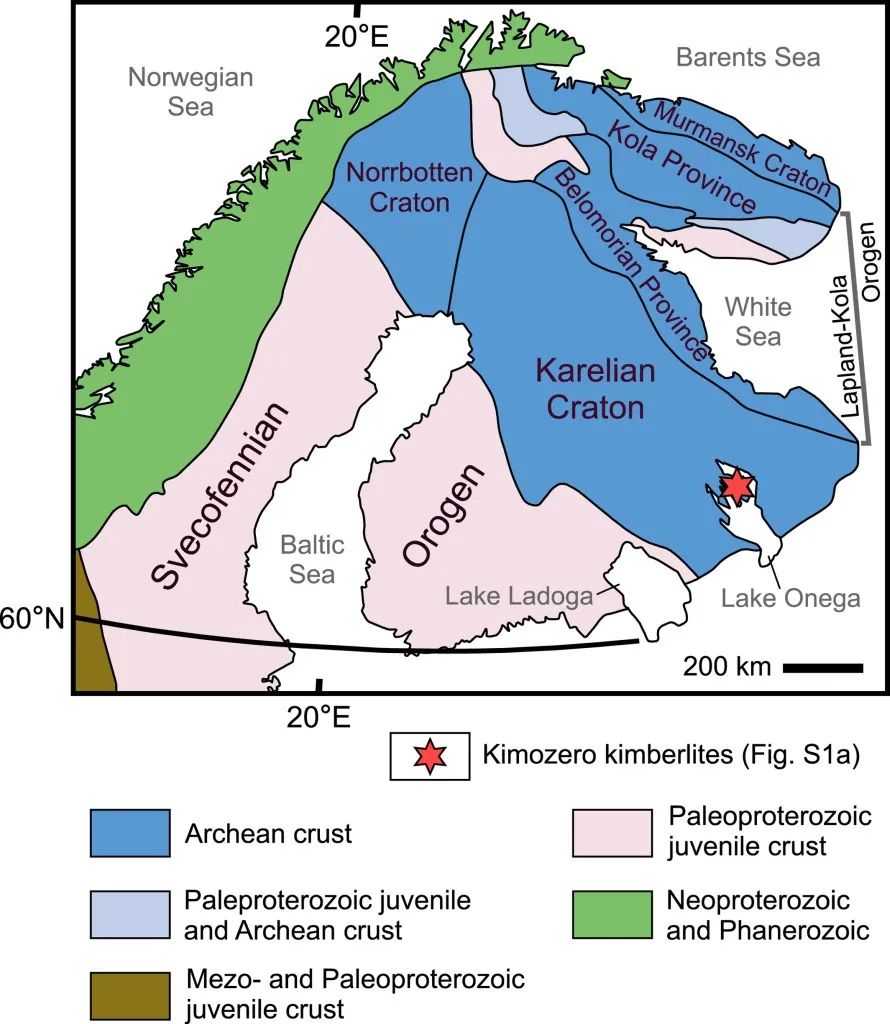
Figure 1 Fennoscandian Dragon Trounts and the position of Kimozero Kimbelite
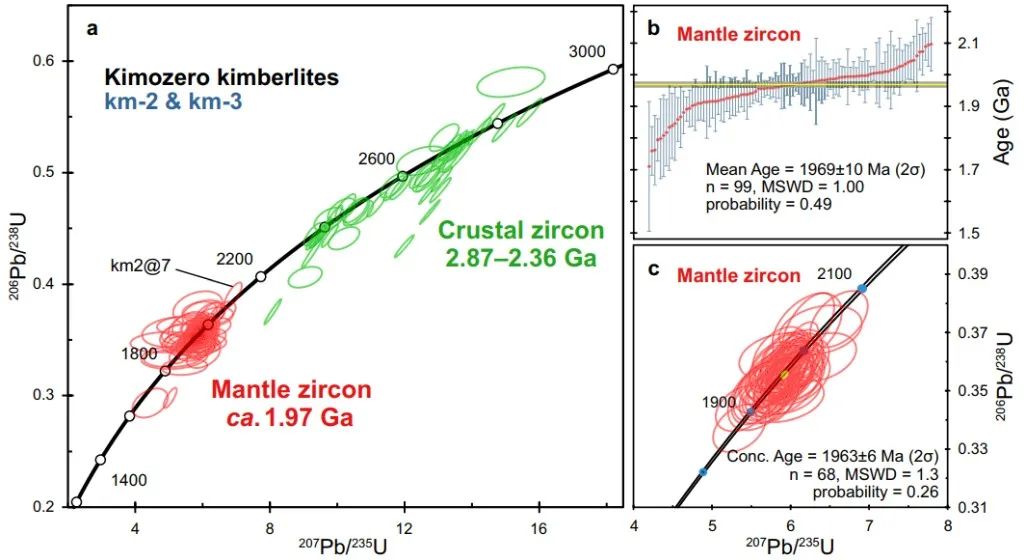
Figure 2 Kimozero Kinberley Rock U-PB setting annual diagram. (A) The U-PB age harmony of all shell sources and vermiculite; (b) The 207pb/206pb weighted average age diagram of all Kinbarie rock mantle sources; -PB age harmony and figure (inconsistency ≤5.0%)
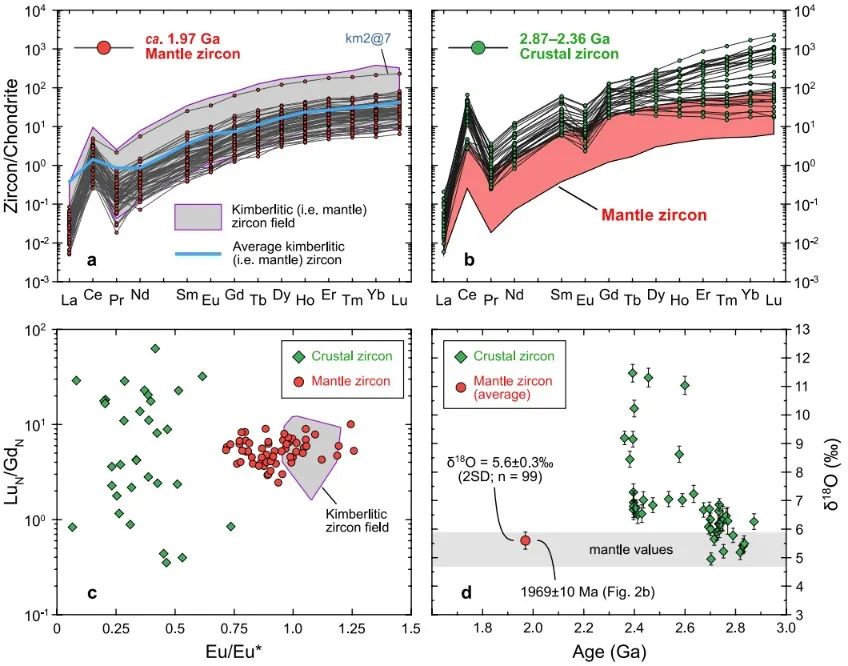
Figure 3 The trace elements and oxygen isotopes of Kimozero Kinbari Rock. (A) Mantra and (B) trace ingredients of crustal vermiculite. (C) LUN/GDN-EU/EU*and (D) Δ18o-206pb age diagram of all vermiculite

Figure 4 Kimozero's back scattering image and its PB-PB annual result of the back scattering image and its PB-PB. (A) Cruise and Mantra DSR DSR Back Scattering Image (ratio of 20 μm, BDY = Qian Dianshi; PBZ = Anti-long Stone is replaced by vermiculite in the later stages; zbi = vermiculite-oblique stone interface; SRP = snake pattern). (B) Landlinter PB-PB and other time line diagrams
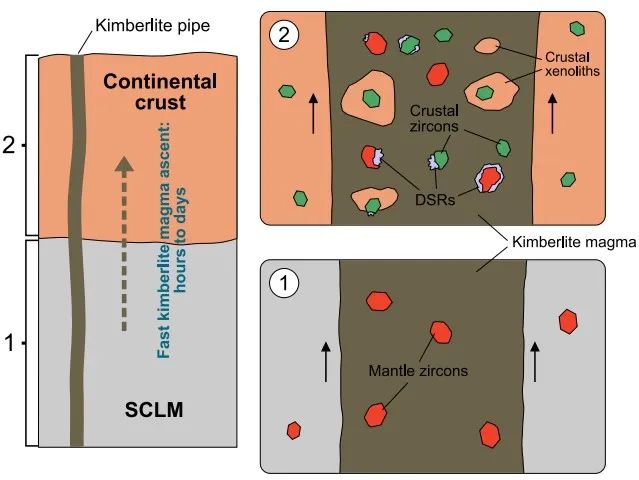
Figure 5 Model diagram formed by a model formed by the vermiculite dehydration reaction edge (DSRS)
Research results published in international academic journals JGR-SOLID EARTH (Melnik A E*, Li Qiuli, KoroLev N M, Li Jiao, Ling Xiaoxiao, Liu Yu, Tang Guoqiang, Zinger T f, Mao Yan, Wu Shitao, Xu Xianhua*. 2022. Desilicification Rims of Zircon Xenocrysts Record the Timing of KimberLite Emplacement [J]. Journal of Geophysical Research: solid Earth, 127, E2022JB024482. Doi: 10.1029/2022JB024482). Studies were jointly funded by the National Natural Science Foundation of China (41890831), the Foreign Young Scholar Fund of the National Natural Science Foundation of China (42150410391), and the National Natural Science Foundation of China Youth Science Fund (42003012).
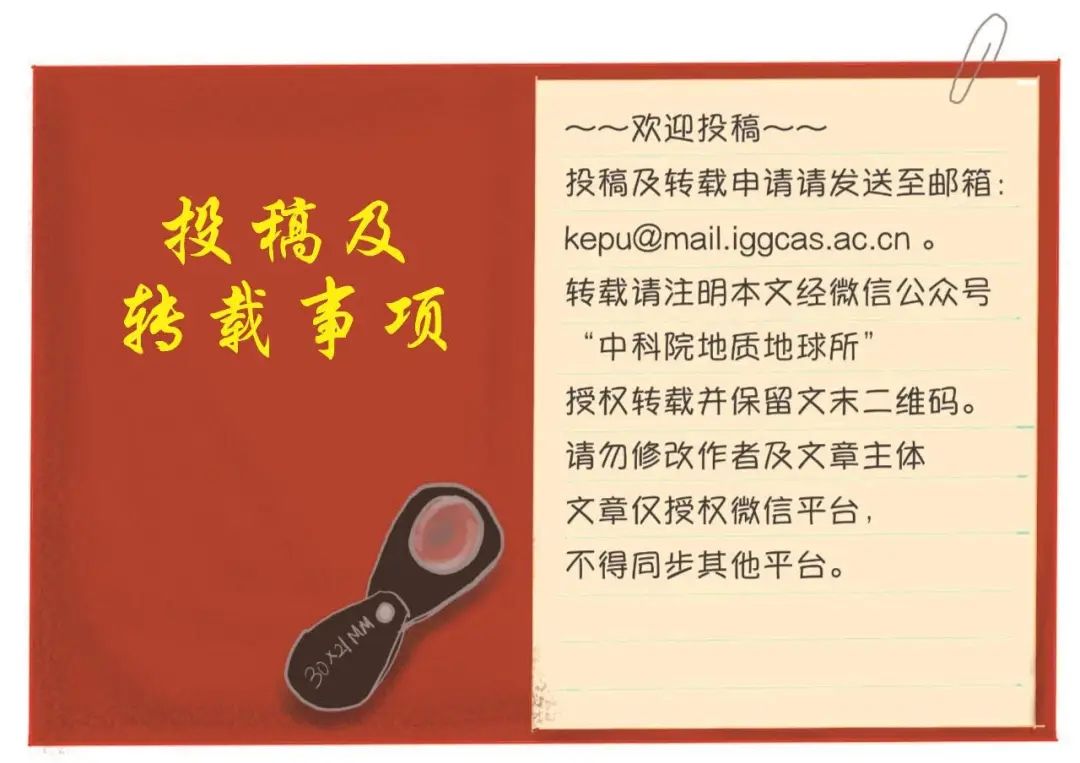
Beauty editor: Fu Shixu
School pair: Wanpeng
- END -
The most complete system of agricultural work quality resource protection library in South China is completed
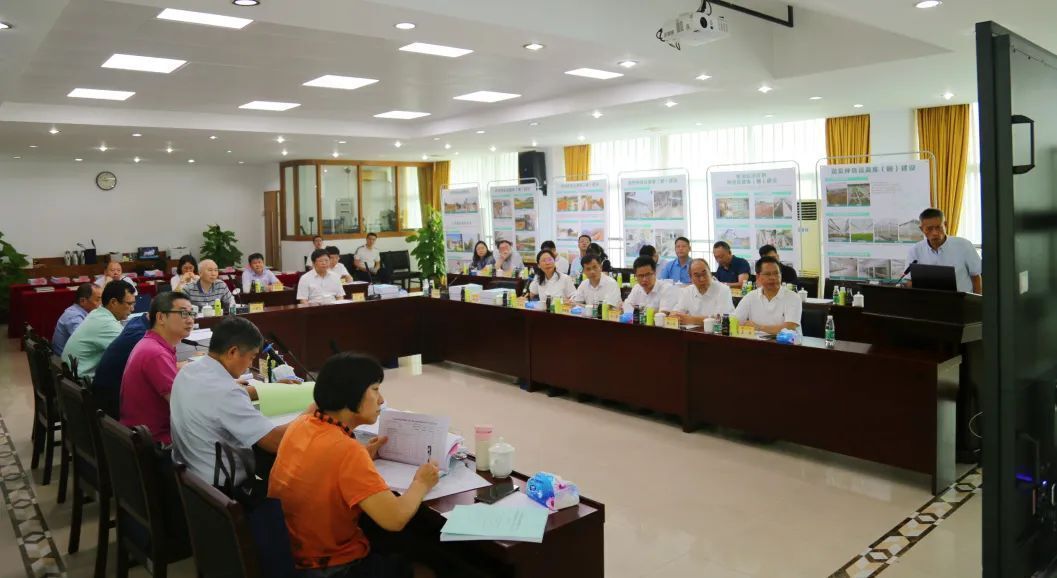
Guarding the chip of agricultural agriculture to help the seed industry revitalize...
Guangzhou Science and Technology | Co -construction of international innovation consortiums to create offshore dual innovation pattern

Text/Yangcheng Evening News all -media reporter Li GangAs the only city with offsh...